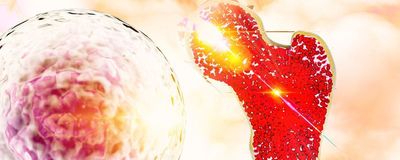Login
SubscribeBrush-up Summaries
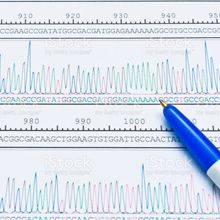
Brush Up: What Is Bisulfite Sequencing and How Do Researchers Use It to Study DNA Methylation?
Deanna MacNeil, PhD | Sep 15, 2022 | 4 min read
Prior to DNA methylation sequencing, researchers treat their samples with sodium bisulfite to distinguish methylated cytosine from unmethylated cytosine.
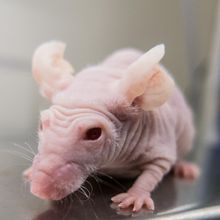
Brush Up: Humanized Mice: More than the Sum of Their Parts
Deanna MacNeil, PhD | Aug 31, 2022 | 5 min read
Scientists study human health in vivo with modified mice that molecularly mimic human biology.
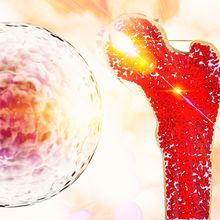
Brush Up: Hematopoietic Stem Cells and Their Role in Development and Disease Therapy
Jennifer Zieba, PhD | Aug 24, 2022 | 3 min read
Hematopietic stem cells (HSCs) are multipotent cells found in the blood and bone marrow with the ability to self-renew and differentiate into multiple cell types during bone marrow hematopoiesis
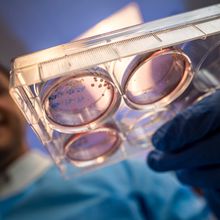
Brush Up: What Are Organoids and How Are They Made?
Jennifer Zieba, PhD | Aug 11, 2022 | 5 min read
Miniaturized, in vitro versions of organs provide insights into disease and development.
